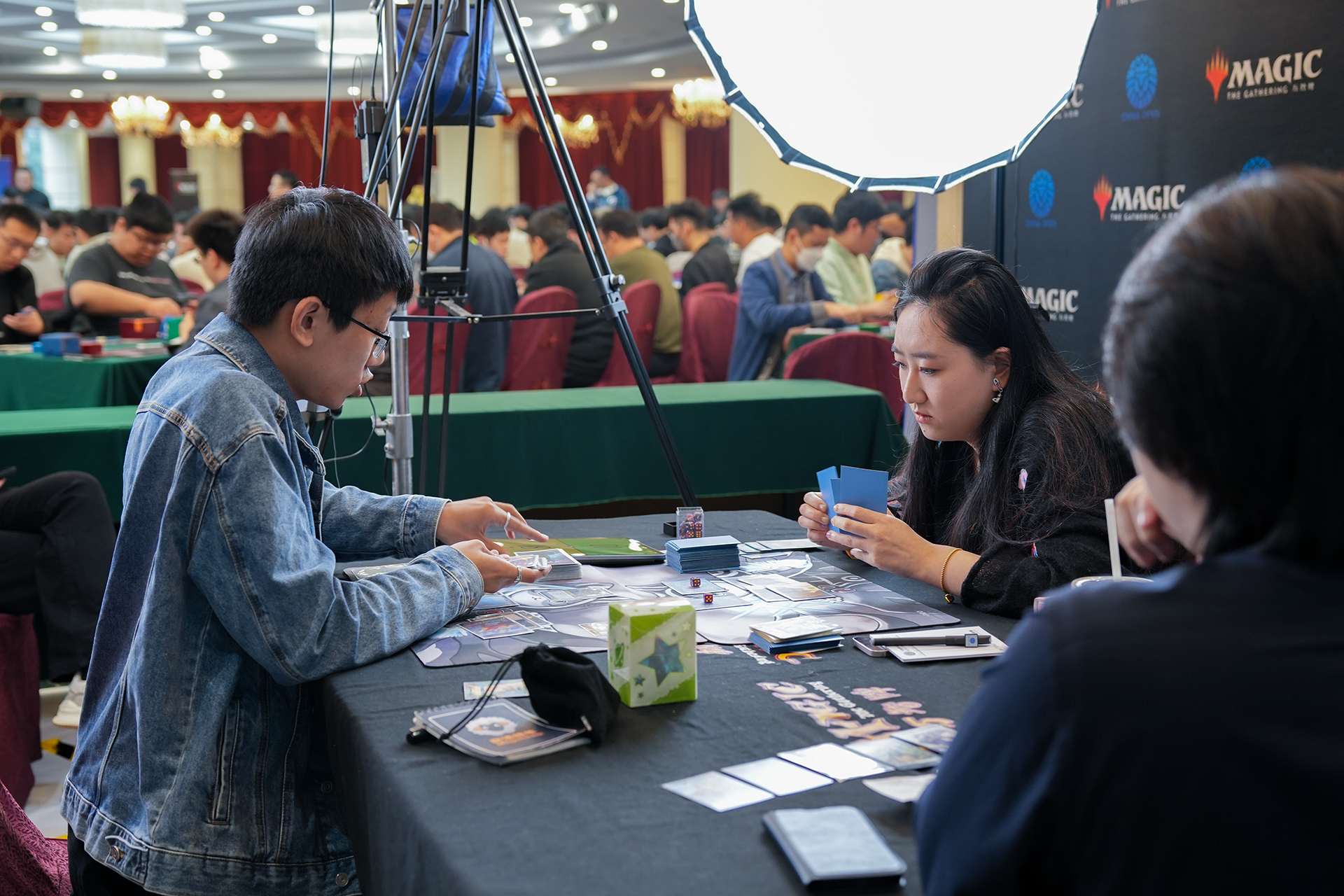Estimates vary on the number of children who go missing in China every year. Some put the number at 70,000, others say it’s closer to 200,000. Regardless, most studies agree that only a very small number — perhaps as few as 0.1% — are ever found and reunited with their families.
The country’s family planning policies and an emphasis on “continuing the family line” (and therefore the need to have children, even sometimes if they’re not actually your own) are among the root causes for such statistics, but they’re compounded by the lack of a proper system for tracking down missing children and returning them to their original families — despite China’s ever-increasing surveillance over its citizens.
“In the United States, there are ‘amber alerts’ to find missing children, but China still does not have this type of system,” says Beijing-based entrepreneur Cheng Xian. “The Ministry of Public Security is actively building a ‘reunion’ system that belongs to China, but this involves a very long data accumulation process.”

Cheng Xian, creator of Fruit Rabbit
Cheng is the CEO behind 万兔思睿 One Two Three Technology and their lead product Fruit Rabbit (果兔), a device that he hopes will help protect children in China against abduction. “The means of abducting children are endless,” he says. “Tempting them with snacks, posing as couriers, and in many places, taking advantage of parents not paying attention by simply snatching children away. In China, there are a lot of products used to obtain the location of a child. However, these location-finding products do not prevent the loss of a child.”
Fruit Rabbit was the result of conversations between Cheng Xian and Patrick Cheng, the founder of NavInfo, after the latter participated in the China Fellowship Program organized by the Aspen Institute, which encourages business leaders to create new initiatives to solve societal problems that they find vexing. (RADII, in fact, is in part is the result of founder Brian Wong’s participation in the same Aspen Institute program.)
The question posed was, “Can you make a product with multiple effective methods of preventing loss?” says Cheng Xian. “The idea is to prevent the child from going missing and prevent that trouble from occurring in the first place.”

To this end, Fruit Rabbit — a cute-looking accessory that can be attached to a child’s clothing, bag, or even their shoes — employs a host of cutting-edge technologies in the hopes of combatting child abductions. There’s a GPS tracking function of course, but Fruit Rabbit uses smart tracking to digitally map out its own “safe zones” for the child, warning parents if they enter an area the device considers high risk. It can also deliver warnings regarding inclement weather directly to parents’ devices.
Unlike many rival products, Fruit Rabbit blocks the use of any gaming functionalities when a child is at school. “Fruit Rabbit can be worn normally in schools and kindergartens because they are not prohibited. Children do not have any entertainment functions they can use during school, so the device will not disturb the child’s study or classroom order,” explains Cheng. “After returning home, with parental control, you can use the Fruit Rabbit children’s version of the app to develop pets, artificial intelligence dialogue, idioms, encyclopaedic knowledge, grow a love tree and so on.”

In China’s modernized urban centers, a high-tech anti-abduction gadget doesn’t feel like a hard sell. But Cheng admits that in the country’s rural areas — often some of the most affected locations when it comes to child abductions — creating acceptance of Fruit Rabbit has been more of a challenge. “China has many relatively underdeveloped areas; their acceptance of new things, scientific and technological products, is low, and their awareness of child safety protection is also lacking. Therefore, it is difficult to promote anti-loss products in these areas and to cultivate users.”
Privacy and use of data concerns also present challenges to Fruit Rabbit’s development, especially given it potentially involves the tracking of children who aren’t old enough to consent to such monitoring. “We attach great importance to privacy issues,” Cheng says in response to such concerns. “We triple-encrypt children’s daily behavior data […] and are developing a ‘Child Authorization System’ that allows children over the age of 3-years-old to authorize their parents via voice and facial recognition.” In this regard, Fruit Rabbit is intended to give children some control, says Cheng. “Children who are a little older start to have their own little secrets and consciously begin to protect their privacy, and this reflects independent consciousness and self-esteem. This type of self-esteem and awareness is a prelude to young boys and girls entering society, and it is of great importance [to their development].”
So why a rabbit? Cheng points to the rabbit not only being “a very vigilant animal”, but also one that is “loved and recognized by children” making them more accepting of the device. Yet there’s also a less conspicuous reason for the design. “Most of the popular location-tracking devices on the Chinese market are made in similar forms. At first glance, anyone can see what they are. The first thing human traffickers will do is throw away the tracker, making the anti-loss feature ineffective. [Fruit Rabbit looks like] a cute trinket for children, not a smart, location-tracking product.”

Cheng is confident that the “rapid development of various regions in China, as well as the increased awareness in safety, will drive Fruit Rabbit sales,” which in turn will provide Fruit Rabbit with more data to analyze and use to implement improved services. The company is also eyeing further expansion – both in terms of geography and category, with the US, Japan, and other countries on their radar along with the possibility of developing products for the elderly and pets.
Yet as much as Cheng talks about market opportunities, he is keen to emphasize Fruit Rabbit’s philanthropic mission, returning to the shock he felt upon reading repeated news reports about lost children, and his initial discussion about such issues with NavInfo founder Patrick Cheng. The company has begun a number of charitable initiatives aimed at supporting families who have already lost children. “We are not only doing things in the area of loss prevention, but also conducting public welfare searches,” says Cheng Xian. “When a child is abducted, the family breaks down. Therefore, we hope to be able to bring hope to families that have lost children.”
—
Additional reporting by Alyssa Perez. All images courtesy of One Two Three Technology.
You might also like:
 Migrant Workers, Leftover Children, and “The Greatest Migration on Earth”Article Feb 16, 2018
Migrant Workers, Leftover Children, and “The Greatest Migration on Earth”Article Feb 16, 2018
 Shots Fired: Smartisan’s New “Bullet Messaging” App is Taking Aim at WeChat – and Just Topped the App Store’s Download ChartsArticle Aug 29, 2018
Shots Fired: Smartisan’s New “Bullet Messaging” App is Taking Aim at WeChat – and Just Topped the App Store’s Download ChartsArticle Aug 29, 2018
 How Douyin (TikTok) Became the Most Popular App in the WorldDouyin (TikTok) has weathered repeated controversy to be named as the most downloaded non-game app on Apple’s App Store for the first quarter of 2018Article May 09, 2018
How Douyin (TikTok) Became the Most Popular App in the WorldDouyin (TikTok) has weathered repeated controversy to be named as the most downloaded non-game app on Apple’s App Store for the first quarter of 2018Article May 09, 2018
















